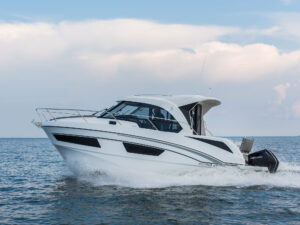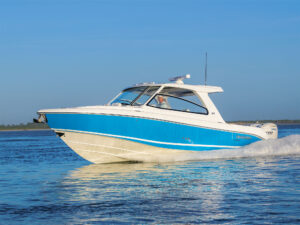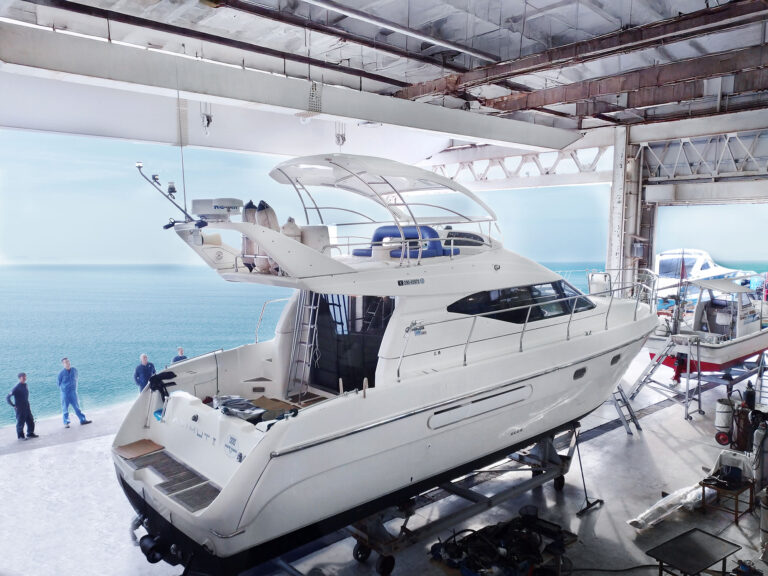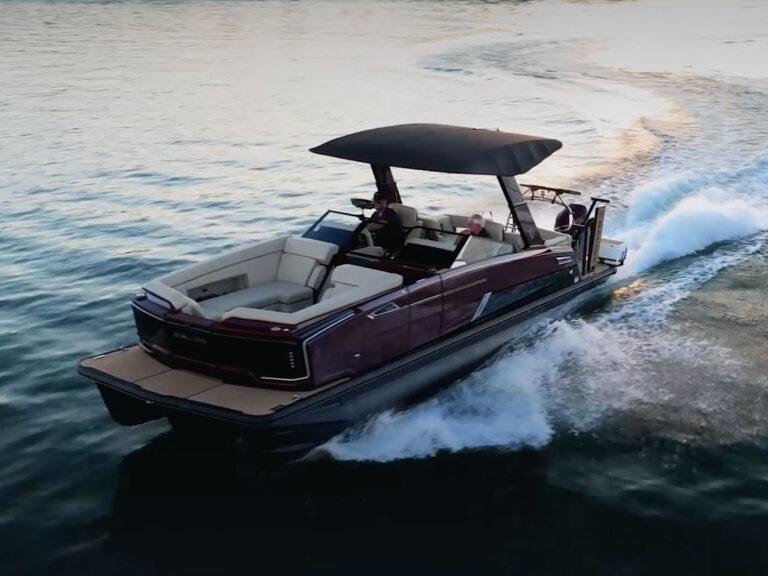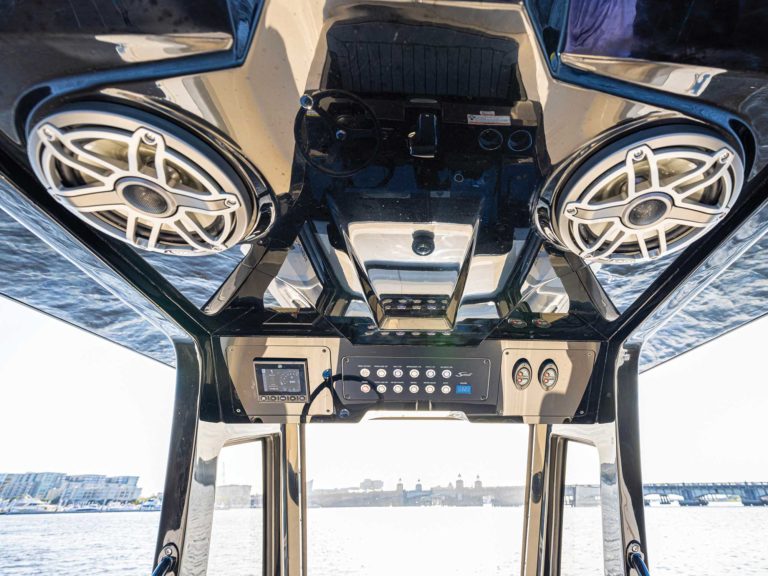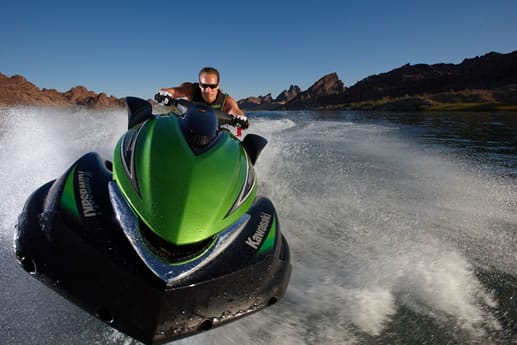
Brakes vs Off-Throttle Steering
There’s been some rumblings within the PWC community of late regarding the banning of personal watercraft from three, frequently visited western lakes designated as national parks — Powell, Mead, and Mohave. And like most stories, much of what you read is true…and much of what you read isn’t.
Yes, it’s true that the National Park Service is banning PWC from these lakes, but the ban is on older models only — carbureted two-strokes that don’t meet 2006 emissions standards. Any four-stroke model, as well as two-strokes that feature direct injection, are still allowed to use their craft on the lakes just as before, as they meet the requirements. Again, that’s worth restating, as plenty of people seem to be missing it — four-stroke models, as well as fuel-injected two-strokes — can continue to be enjoyed on Lakes Powell, Mead, and Mohave just as before. Any suggestion to the contrary is a fallacy.
Yet another truth is that, while the ban may seem like a new reaction and threat to personal watercraft usage, in reality it’s one we’ve known about for a full decade. The ban on Powell has been scheduled to go into effect on January 1, 2013 since all the way back in 2003. That’s when the NPS actually first declared that PWC must meet the coming ’06 emissions standards. The agency immediately, however, added a caveat. Implementation of the ban would be delayed till January ’13 to lessen the impact on PWC owners who use these areas and give them time to take the appropriate steps.
To me, that sounds like the NPS gave enthusiasts holding onto their aging models a decade-long heads-up to upgrade to a modern four-stroke PWC…something manufacturers have been trying to figure out how to do for years.
But are those models really worthy of a ban? There remains much debate about just how much pollution is caused by a two-stroke personal watercraft engine. Critics paint a dire picture of Exxon Valdez proportions, supporters note plenty of faulty science being used to support the claims. It’s an argument we didn’t win a decade ago, and with four-strokes now firmly entrenched, one that nobody seems really willing to revisit now. What really stirs the pot for PWC supporters, however, is that two-stroke outboards — craft that also fail to meet those same emissions standards — have thus far been allowed to stay.
IS A PWC THE WORLD’S MOST VERSATILE BOAT?
That’s discouraging for many in the PWC community, especially the American Watercraft Association’s Chris Manthos. In a recent interview, Manthos noted that his predecessors at the AWA put up their best fight at the time, but had limited resources. He also notes the PWC community, and in some ways the entire powersports community, failed to stand together as one united force in support. Think he’s got a point, or at least want to make sure it’s a fairer fight the next time around? Join theAmerican Watercraft Association (www.awahq.org). If you’re a PWC enthusiast, these are the guys defending your right to ride, and they could certainly use the support.
I probably skew more toward the environmental side than a lot of my counterparts in the industry. I think there’s a lot that can be done to clean up the water, the air, and the planet in general, and I think we should all be willing to make some sacrifices to get the job done. But I’m also all for fairness, and making rational decisions based on sound information. And so far I’m not convinced that PWC were anything but the easiest kid to pick on at the playground.

